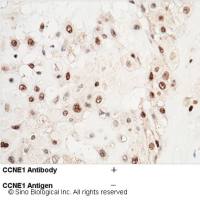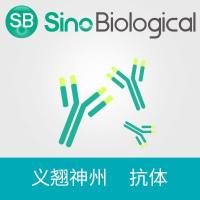Analysis of Cyclin-Dependent Kinase Activity
互联网
856
The number of kinases, enzymes whose purpose is to phosphorylate other proteins on serine, threonine, or tyrosine residues, in mammalian cells is presently known to number in the several hundreds or even thousands ( 1 , 2 ). This particular posttranslational modification can dramatically affect the overall function of the affected protein, and is a very tightly regulated process. Therefore, it is no surprise that many avenues of research focus at least partially on the alterations in activity of certain kinases. The cell cycle kinases in particular fluctuate in maximal phosphotransfer ability with respect to the cell cycle. The five cyclin-dependent kinases (CDKs) that possess the major cell cycle phase-transition activities have specific areas of the cell cycle that require their kinase abilities—CDKs 3, 4, and 6 are active during G1 phase, CDK2 functions during the G1-to-S transition and S phase, and cdc2 (also known as cdk1) is essential for the G2-to-mitosis transition ( 3 ). In vivo, each kinases activity is affected by the binding of its activating subunit, the cyclin, but also by modifying phosphorylation on the kinase itself. Several lines of evidence have suggested that the specific inhibition of individual CDKs by chemical agents is effective in arresting the cell cycle—a line of research that has spawned the design of such chemicals for therapy in diseases with abnormal cell proliferation such as cancer ( 4 – 6 ). Assays that detect the activity of endogenous CDK activity are therefore needed to test chemical candidates for such therapy. Here we present a protocol for analysis of kinase activity for cyclin-dependent kinases using general substrates that will detect the broad activity of cyclin-dependent kinases (Fig. 1 ).
Fig. 1. Flowchart of analysis of cyclin-dependent kinase activity.








